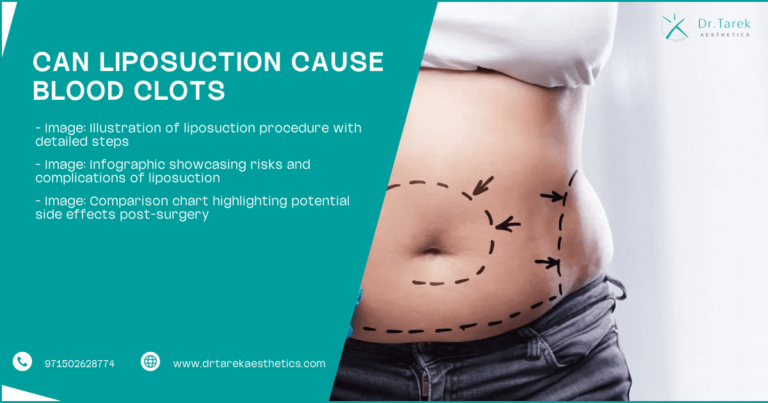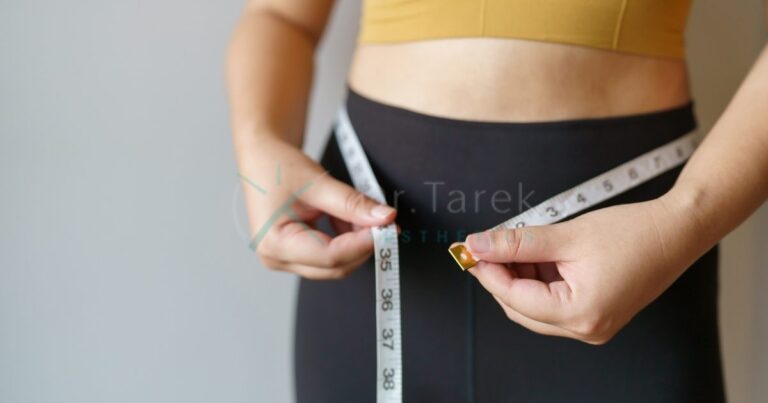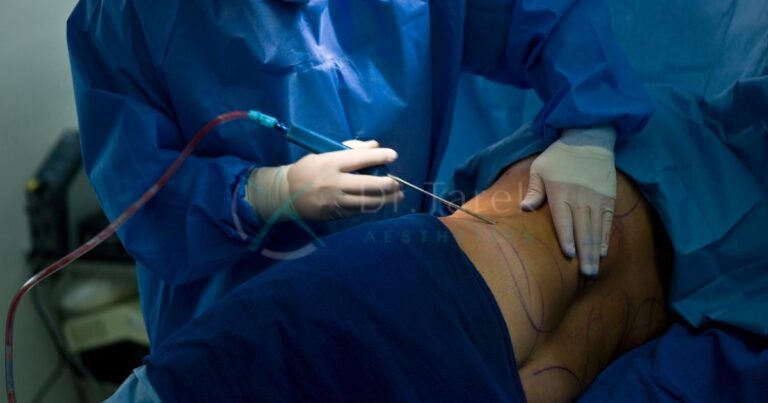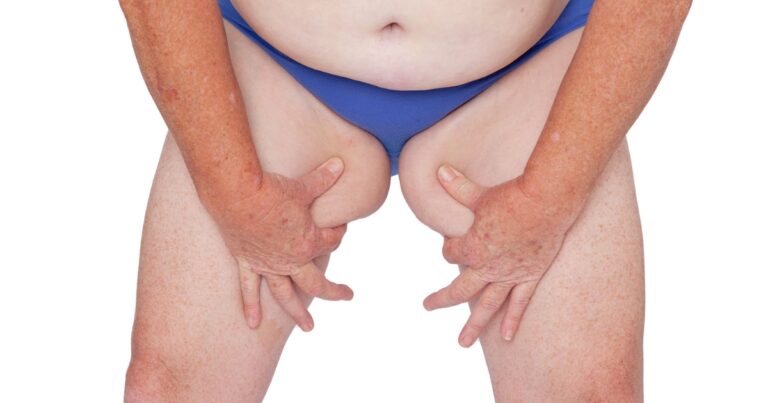The tumescent liposuction technique removes unwanted fat by sucking it using a cannula. Surgeons developed it to improve patient outcomes and recovery. While it’s not a weight loss solution, it helps remove stubborn fat in adults close to their fitness goals. Surgeons can use this technique to remove fat from the;
The procedure can also treat uncontrollable underarm sweating, gynecomastia, benign fatty tumours and lipomas.
Surgeons do not have an orthodox way of performing this surgery. Most of them have a particular way of doing it. As a patient, you may have special needs that require the surgeon to switch p their technique. Despite the customisation, there are standard steps that are common. Here is a breakdown of the procedure;
Preparation for Tumescent Liposuction
The first thing is meeting your plastic surgeon to discuss your cosmetic goals. This will help you decide whether tumescent liposuction is the best procedure. The surgeon will examine your skin’s condition and the areas where you’d like the procedure. This will also involve a complete physical examination and before pictures.
Book A Consultation With Dr Tarek Bayazid
Top-rated Plastic Surgeon For Liposuction in Dubai
Installment Plan Available
Your surgeon will take note of your medical history, medication, or supplements you consume and advise when you should stop all medication. You may also get the instruction to;
Tumescent Liposuction Procedure
Drawing Contour Lines
Your surgeon draws contour lines on your skin over the targeted areas. The contour lines help your surgeon communicate the expected modification to you, the nurses and other surgeons. They are more likely to achieve the desired results if the contour lines are drawn carefully. You also get to approve the contour lines and confit that they align with your aesthetic goals.
Informed Consent
Your surgeon will hand you a specialised informed-consent form for the procedure. They need explicit signed consent by you and cannot extend liposuction to undocumented areas.
The Procedure
A tumescent liposuction takes about one to two hours but could take longer if the treatment covers a larger area. Your surgeon then injects a local anaesthetic and epinephrine solution into the areas with excess fat deposits. The surgeon makes 4-8 adits, small incisions of about 1-3mm. They then introduce one to four litres of Klein’s solution into the fatty areas.
The solution contains epinephrine, lignocaine, and saline. Saline causes the fat tissue to balloon. Lignocaine acts as local anaesthesia and temporarily numbs the areas where the procedure takes place. Under local anaesthesia, you only feel some tagging during the procedure. However, you are unconscious under general anaesthesia and cannot feel anything.
The procedure could last about 45-60 minutes, after which detumescence occurs. This is a 30-minute process to allow the fluid to filter through all the layers. The wait is significant as it maximises vessel shrinkage and reduces bruising and blood loss. Postoperative pain also reduces.
The surgeon inserts a thin cannula that connects to a suction tube that connects to a vacuum-like device. A cannula measures about 1.5 to 3mm in diameter and drains the fat out slowly for about 1–1½ hours. The surgeon moves the cannula back and forth to break up the fat and suction it easily. Tumescent liposuction limits the amount of fat extracted to 4-5 liters.
Once they remove a satisfactory amount of fat, they close the incision using tiny stitches or staples. They can also leave the incision open for drainage for about two days. The fluid left behind gives you analgesia immediately after the procedure. One of the surgical team members then fits you with compression bandages or garments. You can go home immediately, but you may need help as you recover.
Recovery and Results
During the procedure, you will not experience any pain. However, during recovery, especially during the first 24 hours, you can expect mild to moderate pain. With tumescent liposuction, recovery time is shorter. Your doctor may give you medication to help you or recommend some over-the-counter options.
On the second day, you’ll feel soreness or tenderness in the treated places. In case of severe pain, you need to consult your surgeon immediately. After a week, you can return to your normal activities. This period may be more extended, depending on the extent of the treatment and how long your body takes to heal.
Swelling will go down after about 7-10 days, and you can engage in mild exercise after two weeks. It’s normal for bruising, swelling, nerve pain, numbness, and soreness to extend for a few weeks. To manage the swelling, you can;
After about three to six months, the swelling decreases significantly, and you start seeing final results.
The results are permanent. However, if you gain weight in the future, the existing fat cells may expand. This could cause contour irregularities and mess up your results. Thus, you should maintain a stable weight.
Tumescent liposuction has its benefits and risks. Some patients may experience lumpiness, scarring, loose skin, or infections. Such complications are rare, but your surgeon can correct them quickly. To reduce the chances of complications further, get a quote from Dr Tarek Bayazid, a well-trained and qualified plastic surgeon.






